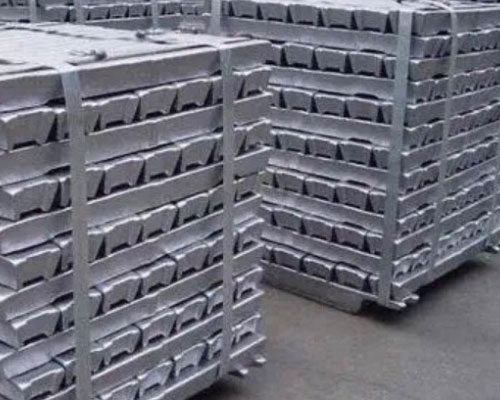The important requirement of the ingot structure is that the inside is composed of fine and uniform spherical casting grains. For different alloy systems, the formation of fine casting grains will reduce the sensitivity of hot cracks and cold cracks. In addition, the small casting grains also affect the hot working behavior of the ingot, as well as the surface of the extruded product and the appearance after surface treatment. The spherical open grain casting structure is obtained by grain refinement treatment. The alloy structure is refined by adding A1TiB type grains. This method is to add ALTIB wire into the casting launder during casting, and then flow into the casting molten liquid, with TiB2, the most important component in the alloy, as the fine particles. For different aluminum alloy compositions, adding AlTiB can obtain enough fine grains.
The cast structure of most aluminum alloys presents a structure from unit cell dendrites to dendrites. The grain boundary and the cell dendrite boundary of the cast grains, the eutectic produced during solidification contains metal compounds, and its distribution is linear. The grain and unit cell dendrite structure also show the characteristics of intragranular segregation, that is, the alloy elements in these structures are also unevenly distributed. The formation of these intragranular segregation is caused by non-equilibrium solidification, and the alloy elements move from the center of the grain to the grain boundary. Enrichment leads to the formation of a low melting point eutectic phase between the crystal nucleus and the unit cell dendrite boundary.

The cell dendrite structure of the ingot is fine and uniform. For extruded products that require surface treatment and used as decoration, the organization requirements are particularly important. Changes in the size of the cell dendrite may produce stripes on the surface.
The unit cell dendrite structure of the aluminum alloy ingot will appear in the entire cross section of the unique profile. The outer layer of the ingot is the coarse unit cell dendritic structure, and this area is the outer hard shell. The following area is a very fine unit cell dendritic structure. The closer to the center of the ingot, the larger the size of the unit cell dendrite, and the largest in the center of the ingot. Studies have shown that certain profiles affected by the size of the unit cell dendrite depend on the diameter of the ingot.

